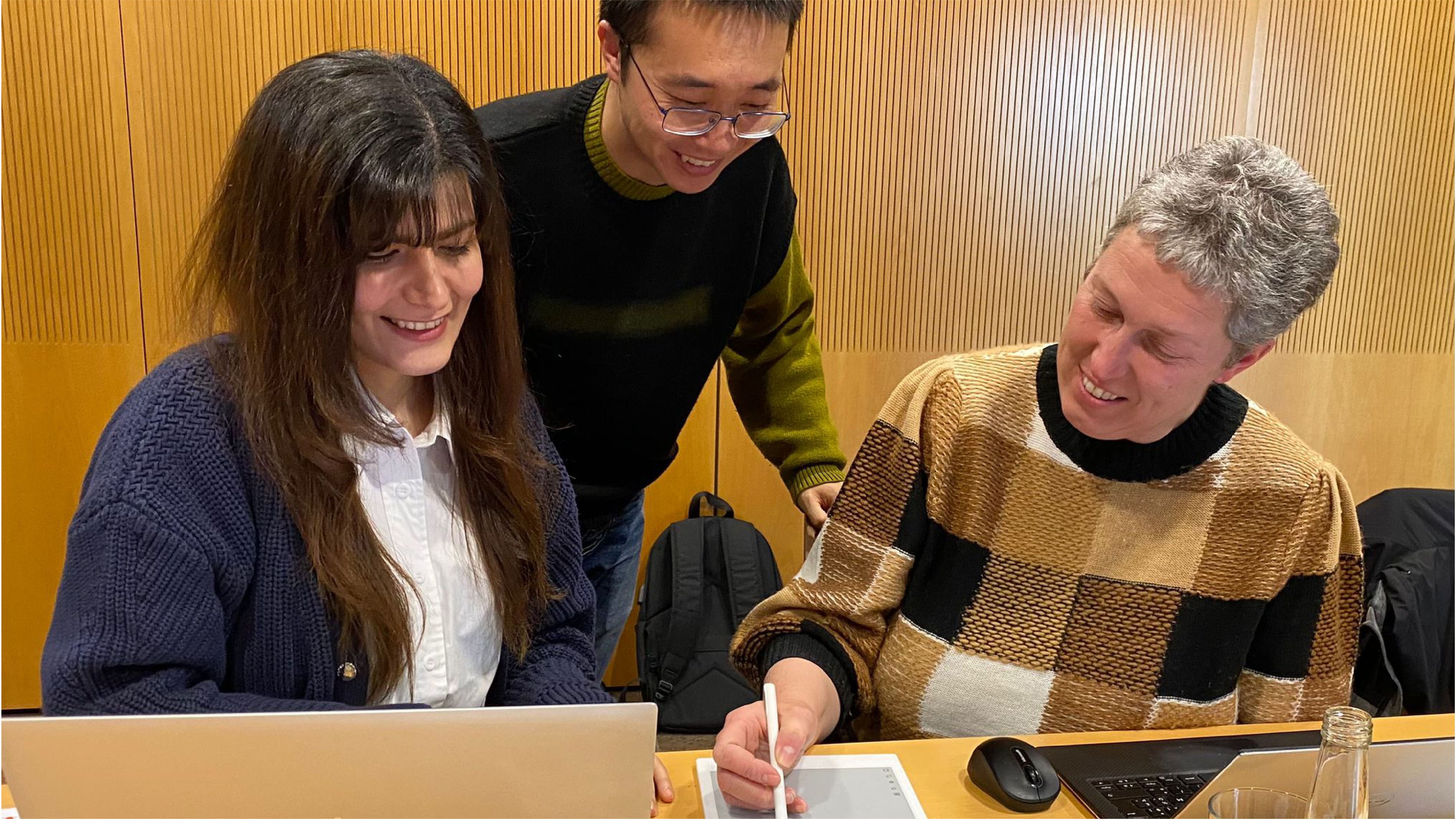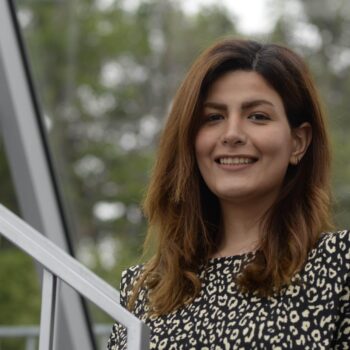B-PHOT combines Raman spectroscopy and machine learning to classify hemoglobin fractions

B-PHOT and VUB researchers have published a paper in the Microchemical Journal on classifying hemoglobin fractions in the liquid state using Raman spectroscopy combined with machine learning. The paper was written in the framework of the European Innovation Council Pathfinder project VortexLC, where B-PHOT is developing a sensitive optical detection system that has the potential to greatly improve how we monitor diabetes and enhance healthcare outcomes.
"Our findings indicate the potential of Raman spectroscopy for studying liquid-based hemoglobin fractions", says Ir. Sara Abbasi, the study's lead author and B-PHOT researcher. "This could miniaturize and integrate with microfluidics, paving the way for compact, point-of-care devices tailored to diagnose hemoglobinopathies and diabetes quickly and accurately with minimal sample preparation."
Hemoglobinopathies, such as sickle cell disease and thalassemia, are genetic disorders that affect the structure or synthesis of hemoglobin. Since these disorders can cause a number of major health problems, including anemia, organ damage, and a shortened lifespan, prompt and accurate diagnosis is essential. Early diagnosis of hemoglobinopathies enables proper medical interventions and treatments.
Hemoglobin is a protein found in red blood cells responsible for transporting oxygen throughout the body. The most common type of hemoglobin, HbA, makes up about 97% of total hemoglobin. Mutations in the genes related to hemoglobin can result in structural changes, leading to various blood disorders. These disorders can not only cause health problems but also affect the measurement of diabetes biomarkers like HbA1c.

B-PHOT Researchers Ir. Sara Abbasi, Dr. Qing Liu and Prof. Heidi Ottevaere in a meeting.
While high-performance liquid chromatography (HPLC) coupled with UV–VIS detection is commonly used for quantification, they are ineffective for distinguishing between different hemoglobin types. Raman spectroscopy emerges as a game-changer in the field. It can provide detailed molecular structural information without extensive sample preparation. Previous studies have successfully discriminated between specific hemoglobin fractions, but they were limited to dry samples. Drying can alter the chemical characteristics of molecules, potentially affecting the results. Additionally, these studies focused on only a few hemoglobin fractions.
"In this research, we explore the potential of Raman spectroscopy for identifying hemoglobin fractions in a liquid state, making it suitable for applications like lab-on-a-chip and liquid-based HPLC systems", Sara says. The study concentrates on the most critical hemoglobin fractions - HbA0, HbA2, HbF, HbA1c, and HbS variants. "What makes this research stand out is that it uses machine learning techniques, including Support Vector Machines (SVM) and Neural Networks (NN), to automate the identification of these fractions using their distinct spectral signatures. The outcomes were encouraging, with the SVM and NN models achieving high test F1-scores of 98.2% and 98.5%, respectively, demonstrating their reliability and precision in identifying hemoglobin fractions."






